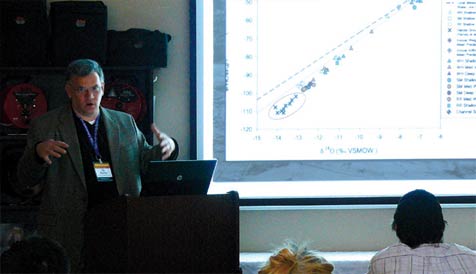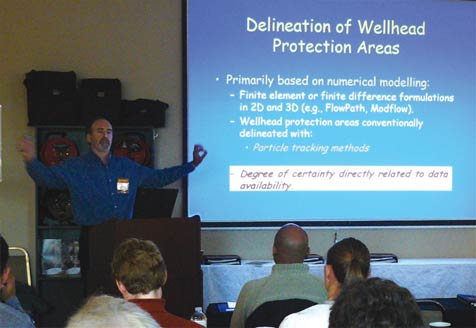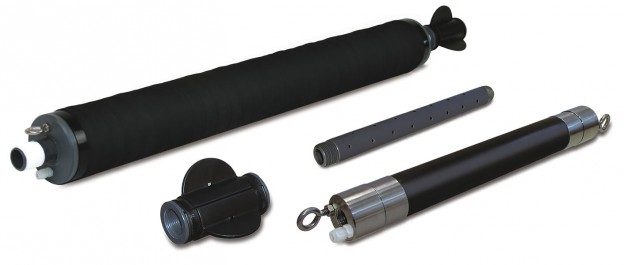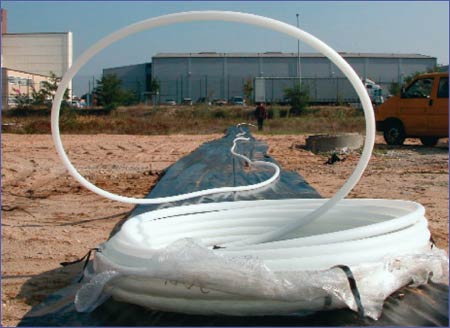Of Salt And Sand – The Story Of Two Of Nebraska’s Most Unique Groundwater Dependent Ecosystem
Day Two began with a very interesting presentation by Ed Harvey with the University of Nebraska-Lincoln. Ed presented ongoing research from two of Nebraska’s most unique groundwater dependent ecosystems – Eastern Saline Wetlands and Sandhills Fens. Due to the unique composition of the groundwater that feeds these two ecosystems, the species found in these environments are not native… Continue Reading »





